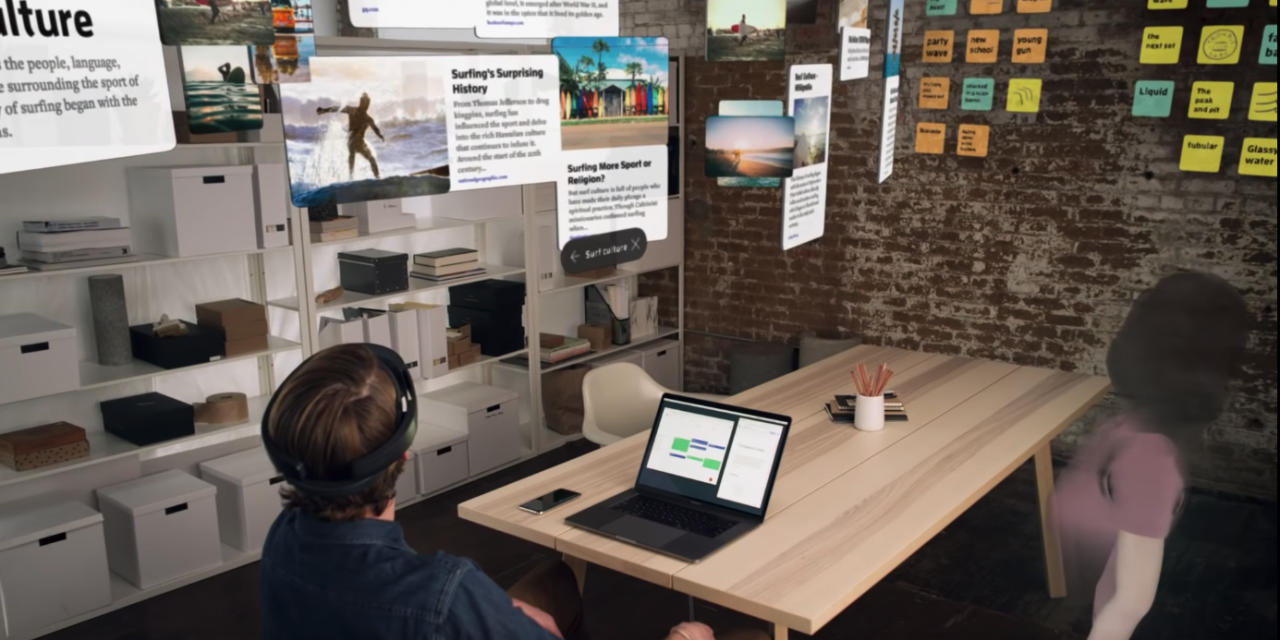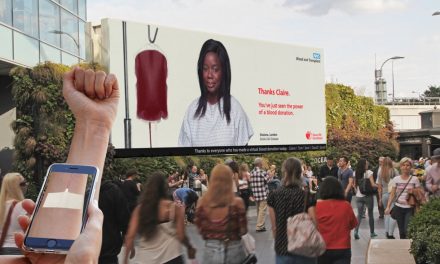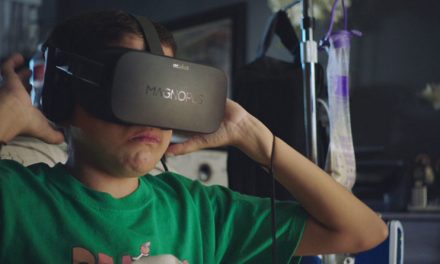Spatial has been an XR dark horse since 2016, when lauded UI devs Jinha Lee and Anand Agarawala teamed up with Google’s Peter Ng to found the AR startup. Since then, the company has been in a state of shadow development, carefully crafting their ambitious collaboration solution in the dark while securing $8 million in funding from the likes of Garret Camp from Uber and Andy Hertzfeld, primary software architect of the original Macintosh Operating System. Wednesday, Spatial proudly revealed their AR office tech.
Spatial brings collaborators together in the virtual space, not only allowing office meetings to take place remotely, but turning the user’s location into part of a shared AR workspace. If FaceTime and Google Docs had a brilliant lovechild, it would be Spatial. A less than fond goodbye to laggy video conferences and unwieldy editing, collaborators in Spatial can actively share ideas in real time, even in the form of sketches or handwritten notes, placing them within the shared, augmented space.
Search is available hands-free, as well as most files, including 3D renderings, a major utility for design if nothing else. Though it’s launching with support for the Hololens and Magic Leap, Spatial aims to be hardware-agnostic, meaning there’s no fancy head-mounted display required to participate – those are only required to get the full effect of the three-dimensional augmented conference space.
“We see this as potentially the final visual interface,” says Agarawala. “In the future, meeting rooms might be white blank rooms for AR. And if so, we want it to feel even better than reality.”
Spatial will soft launch to large corporations for early adoption late this year, hopefully making its way to the commercial sector soon.





